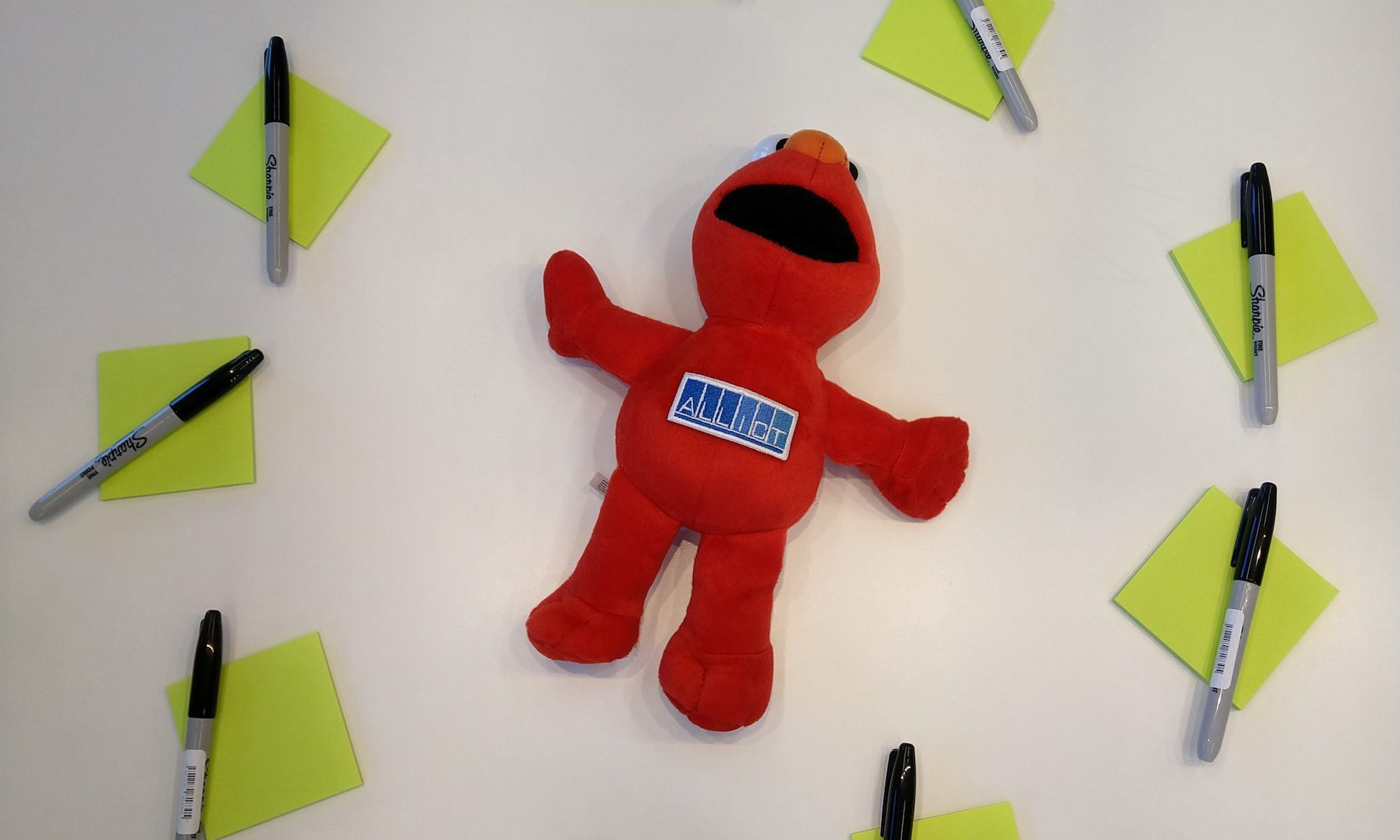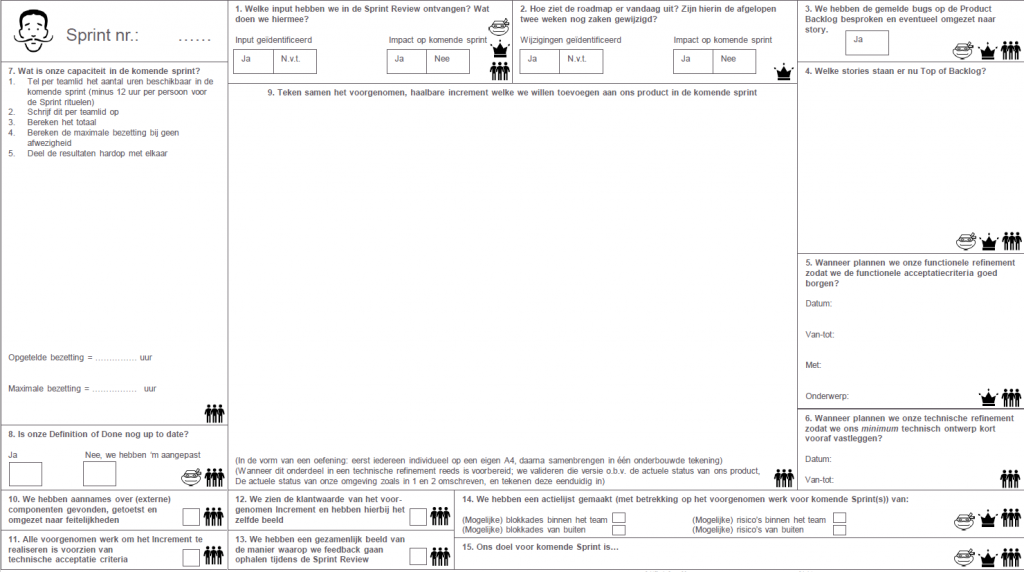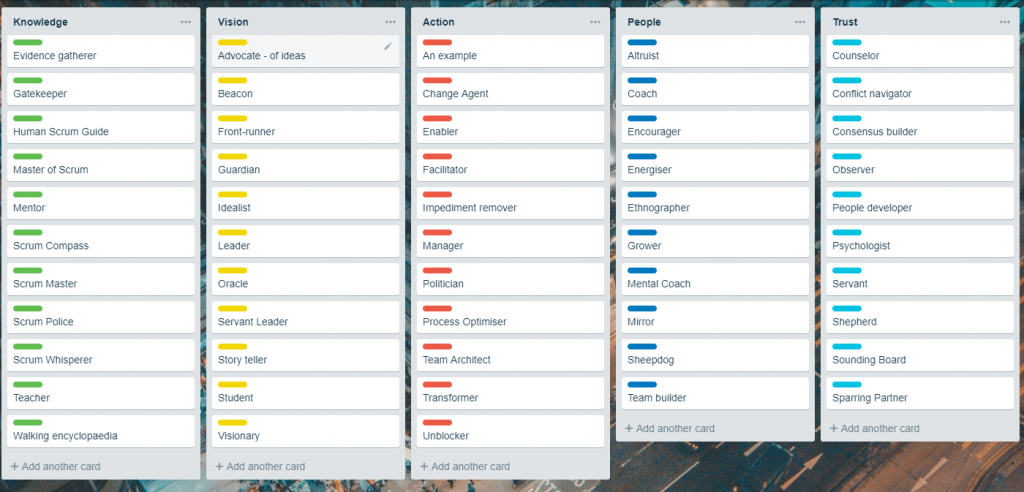There is enough LS which you can use to make your meeting productive. However, if you have the feeling that they are overused or you are bored with them, think about the five elements and create your structure.
- Structuring Invitation
- How Space Is Arranged and Materials Needed
- How Participation Is Distributed
- How Groups Are Configured
- The sequence of Steps and Time Allocation
An example of a retrospective with a new team:
Situation: we have a team of 10 colleagues. A developer and I had just started on the team.
STEP 1:
Ask the group to create two teams and give them the following assignment per team:
Team 1: take 10 minutes to think of all the reasons why this team is the worst team ever. after the 10 minutes, try to convince me that I have made a bad choice to join the team.
Team 2: take 10 minutes to think of all the reasons why this team is the most impressive team ever. After 10 minutes, try to convince me that I have made an excellent choice to join this team.
STEP 2:
After both presentations, give the next assignment:
Team 1: take 15 minutes to discuss within your team what actions can be made to keep the most positive things that team 2 had mentioned.
Team 2: Take 15 minutes to think of actions we can take to dismiss some of the reasons that team 1 had mentioned.
STEP 3:
After both presentations, ask each one in the group to think about the actions mentioned in Step 3 and take five minutes individually to find out how they can contribute to making those actions a success. You can also participate in this. We then share our contributions. Asked them to memorize their contributions, and get back to them in a few sprints.
The original post



